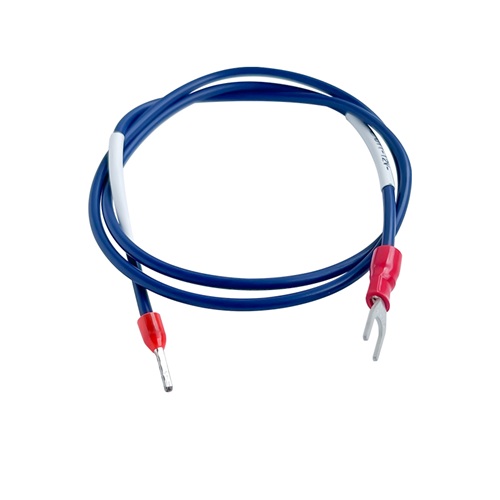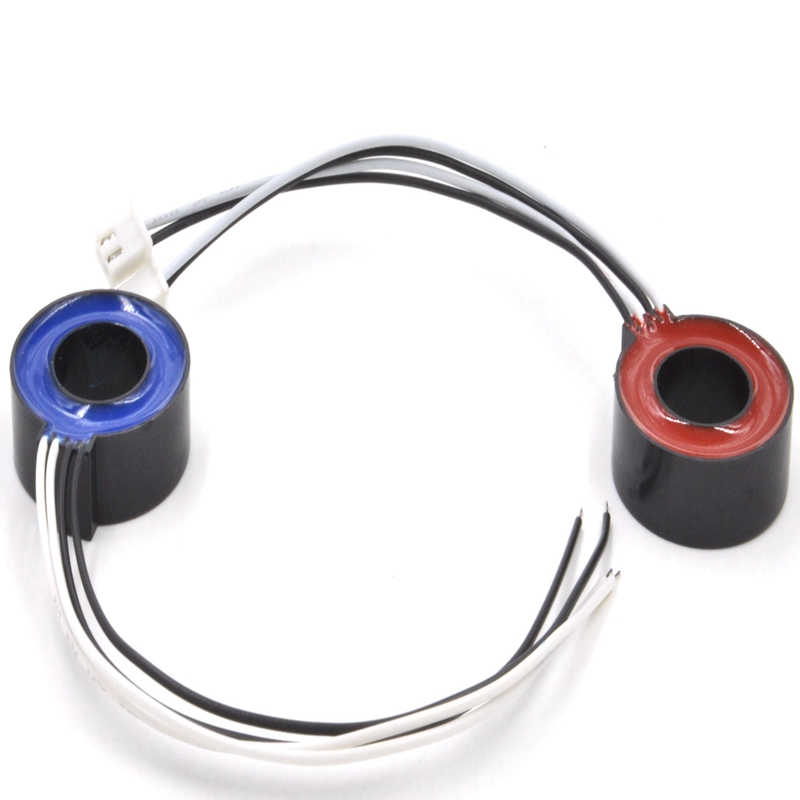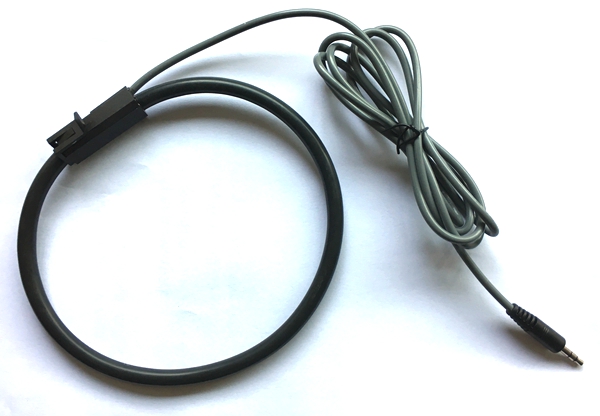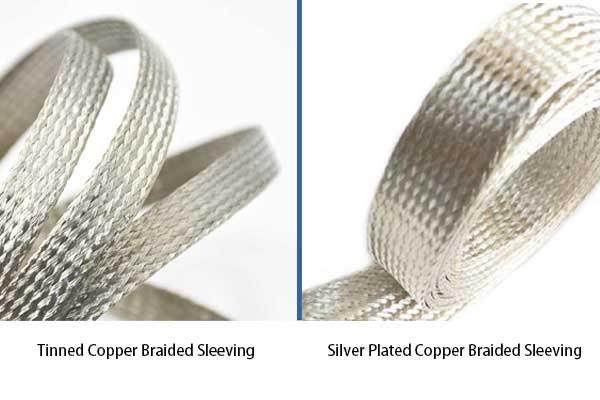What's the Difference Between a Connector and a Terminal?
In electrical engineering and wiring systems, people often confuse the terms connector and terminal. At first glance, they may seem interchangeable, but in practice, they serve different purposes. Understanding their distinctions is essential for ensuring safe, efficient, and long-lasting electrical installations.
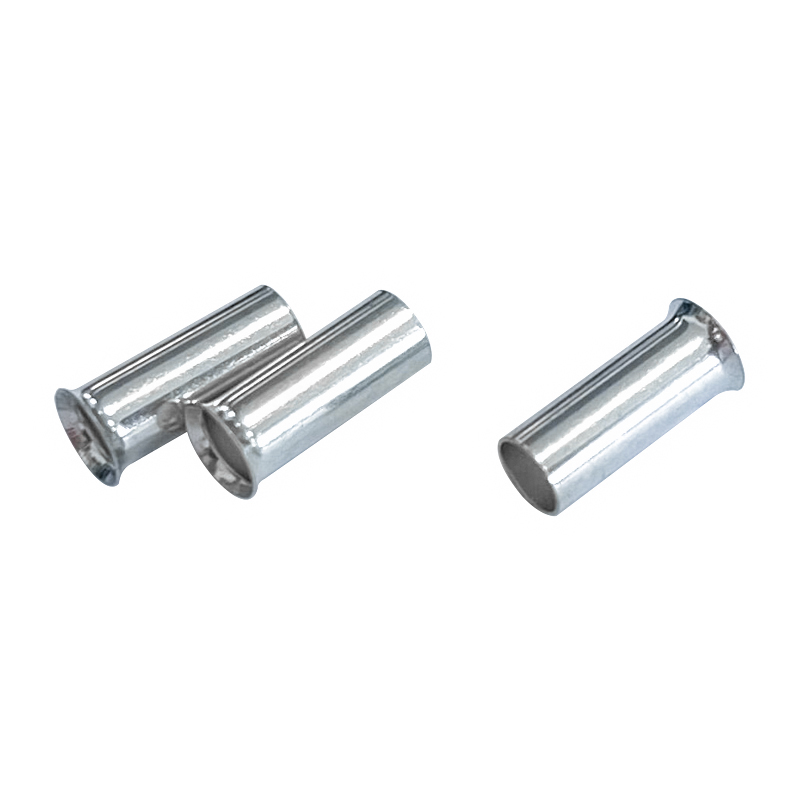
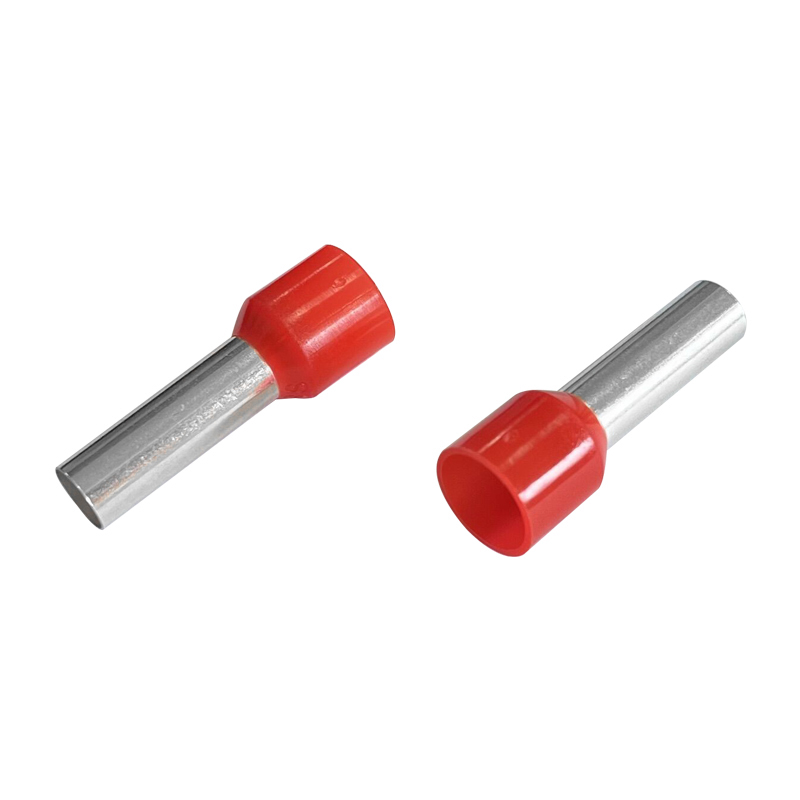
Connector vs. Terminal: Core Definitions
-
Connector: A device that joins two or more electrical circuits together. It usually includes housings, locking mechanisms, and sometimes multiple terminals inside. Connectors can be disconnected and reconnected without tools in most cases.
-
Terminal: The specific end-point or interface where a wire is physically attached. A terminal may involve crimping, soldering, or fastening to secure the wire and ensure current transfer. Unlike connectors, terminals focus more on the actual wire-to-contact interface.
In short, every connector may contain several terminals, but not every terminal is part of a connector assembly.
Why Terminals Matter in Electrical Systems
Terminals are critical because they directly affect conductivity, resistance, and heat generation. A poor-quality terminal increases resistance, leading to voltage drops and possible overheating. In industrial machinery, even a 0.05 Ω increase in resistance at a terminal can raise localized heat by 15–20°C, significantly reducing wire lifespan.
For applications such as automotive wiring, industrial control cabinets, and power distribution, selecting the right terminal type is as important as choosing the wire itself.
Common Types of Terminals
Different environments and electrical loads require specific terminal types. Below are some widely used ones:
| Terminal Type | Material/Design | Typical Use Case | Advantages |
| Nylon-Insulated Cord End Terminal | Copper with nylon sleeve | Control panels, fine-stranded wires | Prevents wire strand fraying, easy crimp |
| Copper Tube Terminal | Pure copper tube, tinned | High-current connections, battery cables | Low resistance, excellent conductivity |
| Non-Insulated Cord End Terminal | Bare copper ferrule | Compact spaces, where insulation is not required | Economical, reliable crimping option |
Nylon-Insulated Cord End Terminal
This type of terminal is widely used in control cabinets and distribution boxes. The nylon insulation prevents wire strands from spreading, ensuring that every copper strand carries current evenly. According to IEC standards, ferrules can improve wire stability by up to 40% during repeated insertions into terminal blocks.
For example, in a 2.5 mm² fine-stranded wire, without a ferrule, insertion losses may increase by 12–15%. With a Nylon-Insulated Cord End Terminal, the strands remain aligned, improving current efficiency and reducing long-term loosening.
Copper Tube Terminal
When dealing with higher currents, such as battery connections, motor leads, or inverter outputs, the Copper Tube Terminal is the most reliable choice. Copper’s conductivity is about 58 MS/m, nearly 10 times higher than aluminum, which means less heat build-up and lower power loss.
These terminals are often tinned to resist oxidation and can handle currents above 100 A depending on cable size. In automotive applications, a copper tube terminal can reduce joint heating by nearly 25% compared to generic crimp lugs.
Non-Insulated Cord End Terminal
Not every application requires insulation. In compact spaces or when the terminal is later inserted into an insulated housing, the Non-Insulated Cord End Terminal becomes the economical and practical option.
Despite being simple, it ensures that multi-strand wires do not deform under screw pressure. Field data shows that properly crimped non-insulated ferrules can reduce wiring faults by over 30% in industrial control panels compared to wires left bare.
Choosing Between Connector and Terminal
When should you focus on terminals rather than connectors?
1.Terminals are best when:
-
-
The priority is conductivity and secure wire contact.
-
The wire will be fixed inside a block, panel, or lug.
-
The installation requires minimal contact resistance.
-
2.Connectors are best when:
-
-
You need quick disconnection and reconnection.
-
Multiple circuits must be joined in a modular housing.
-
Environmental protection (waterproofing, vibration resistance) is essential.
-
For instance, a solar inverter may use connectors on the panel side for easy maintenance, but inside the inverter box, the wires are fixed with terminals for maximum stability.
The Bigger Picture
Although the words connector and terminal are often used interchangeably, they serve different functions in electrical systems. Connectors focus on modularity and convenience, while terminals concentrate on conductivity and long-term reliability.
As electrical systems grow more complex—whether in electric vehicles, renewable energy, or industrial automation—the performance of terminals like the Nylon-Insulated Cord End Terminal, Copper Tube Terminal, and Non-Insulated Cord End Terminal will directly impact efficiency and safety. Selecting the correct type for the job is not just a matter of cost but a matter of performance and durability.
